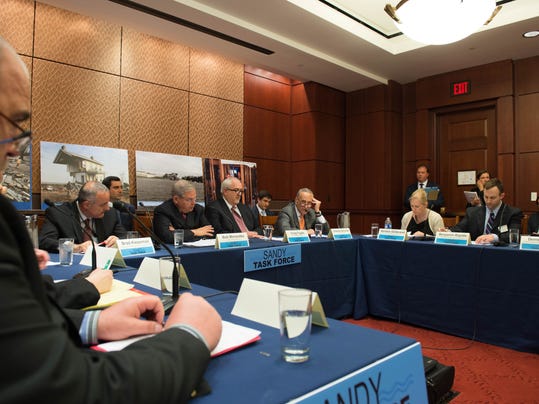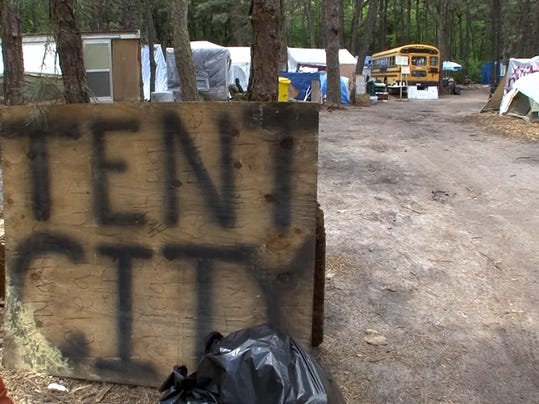Critics call for wide-ranging, structural reforms to ensure problems encountered after Sandy don’t happen again
Amid the stress and confusion in the immediate aftermath of Superstorm Sandy, residents of coastal communities found themselves struggling to comprehend their losses and how to begin to put things back together.
They contacted their insurance companies to file flood claims — but many of them didn’t fully understand the process or their rights.
“What happened to a lot of people was the adjuster that came out would fill out a proof-of-loss form for the homeowner and then say, ‘Here. This is how much you’re getting.’ And a lot of people didn’t even get a copy,” said Amy Bach, who runs United Policyholders, a national insurance consumer advocacy group.
“They said they didn’t know what the basis was for the settlement offer they got. And a lot of people just overwhelmed by life and overwhelmed by the disaster would sort of sit on it and say, ‘OK. Jeez… I don’t know what I’m going to do with $13,000 when my damage is $80,000, but I don’t really know where to go.’”
Two -and-a-half years later, those problems — a mix of errors, shortcuts, and alleged fraud that appear to have been commonplace in both those initial inspections and the claims- handling process that followed – are still causing difficulties for storm victims and bogging down d down the state’s long-term recovery.





